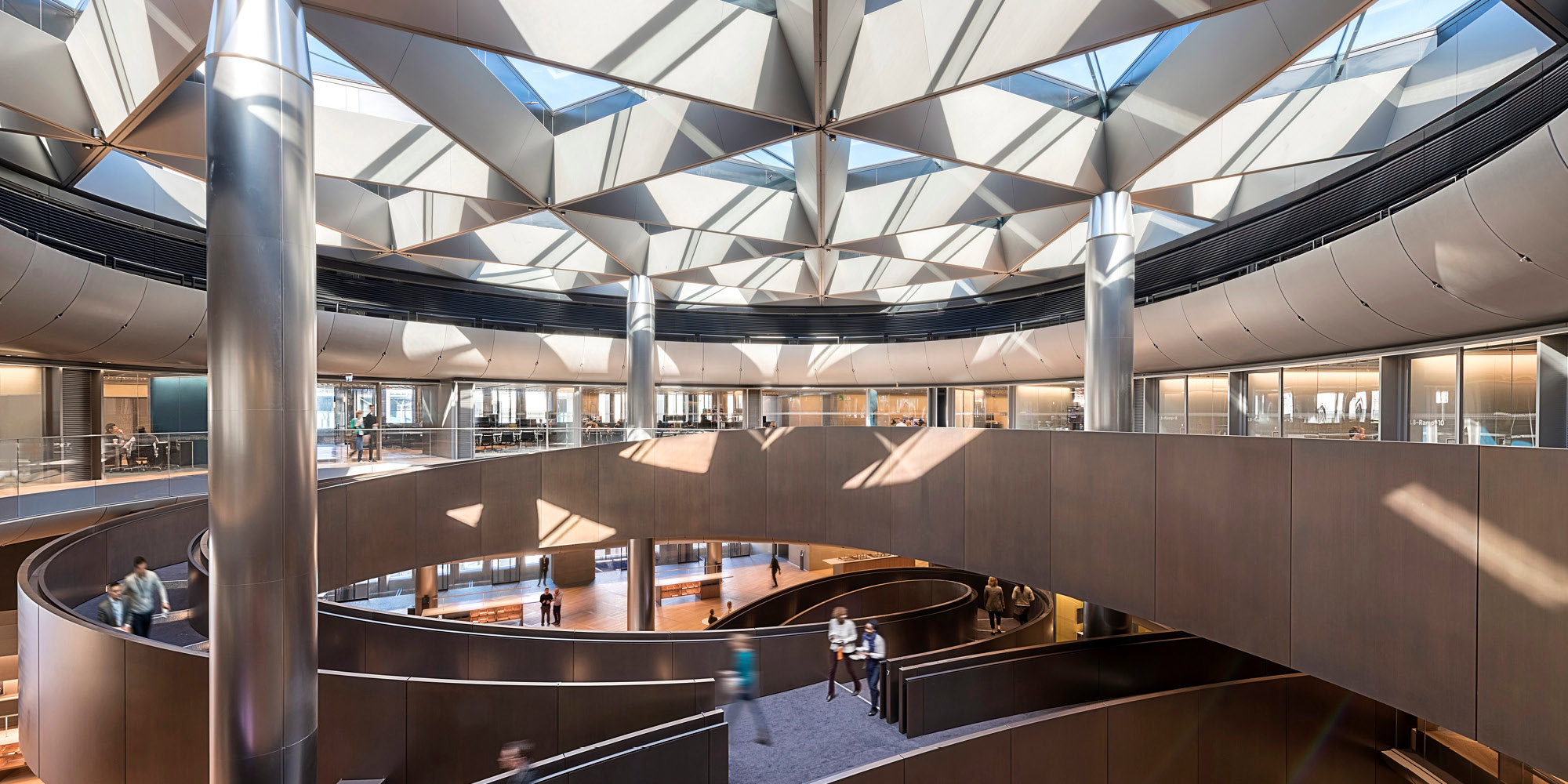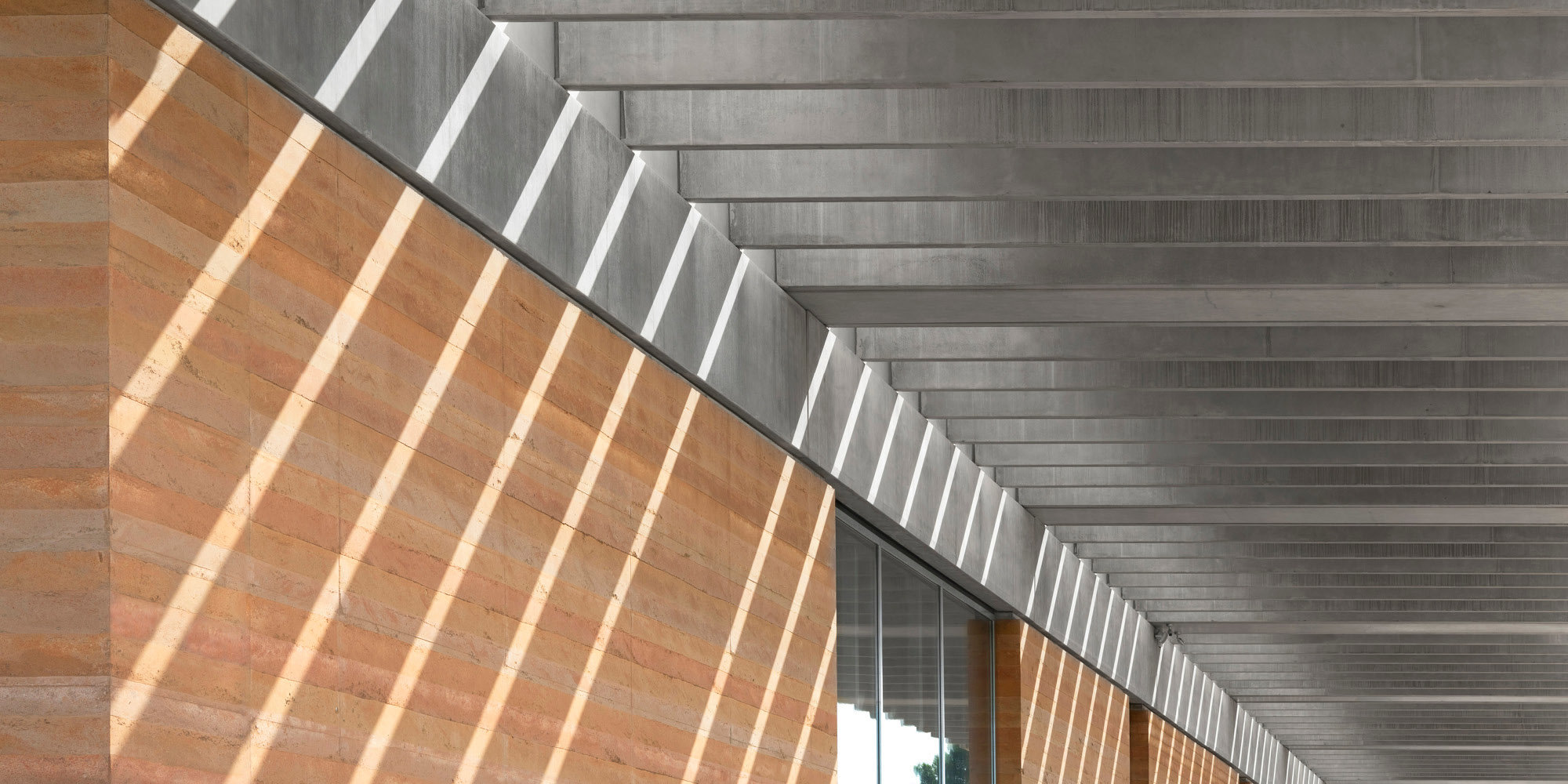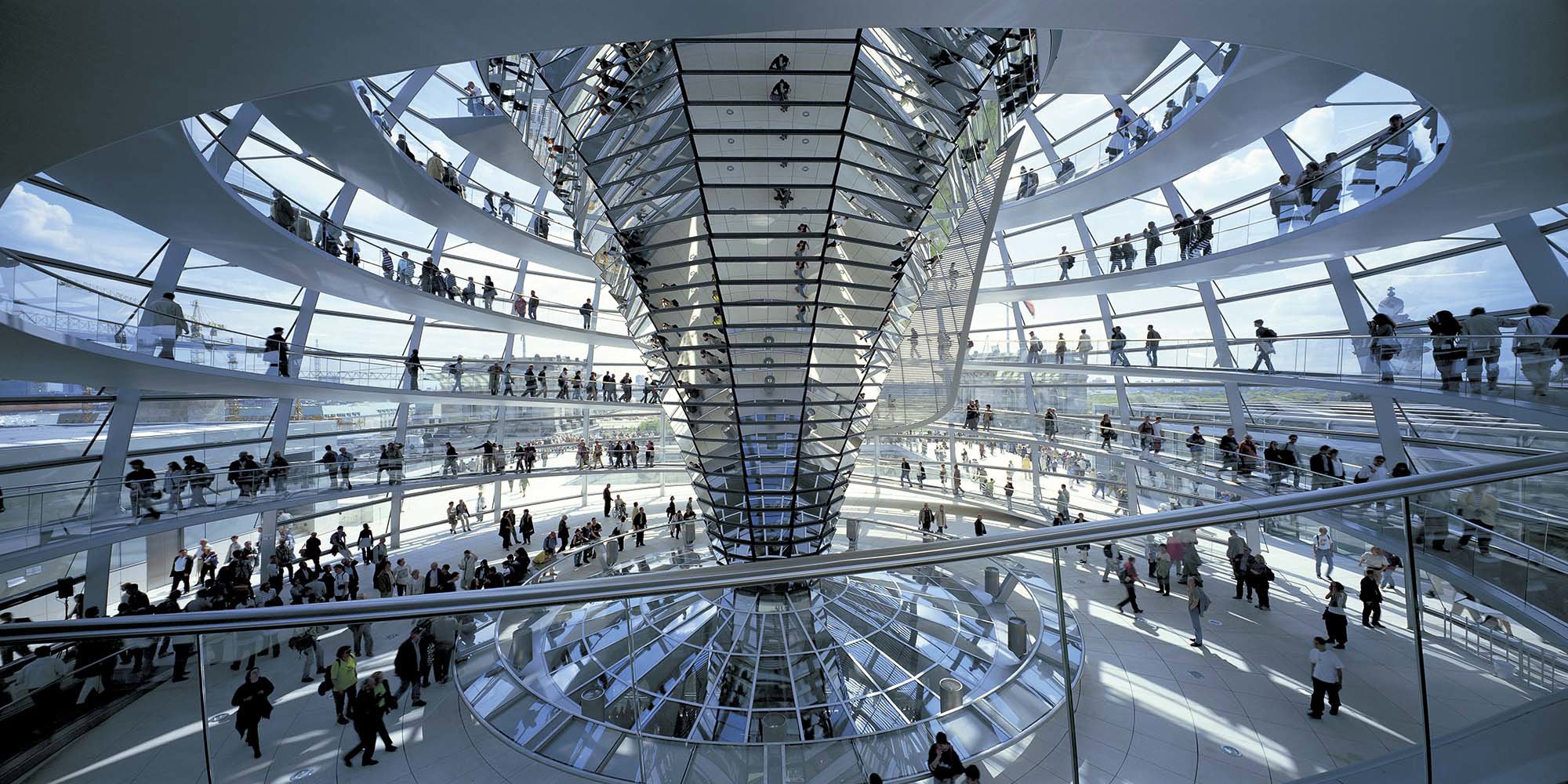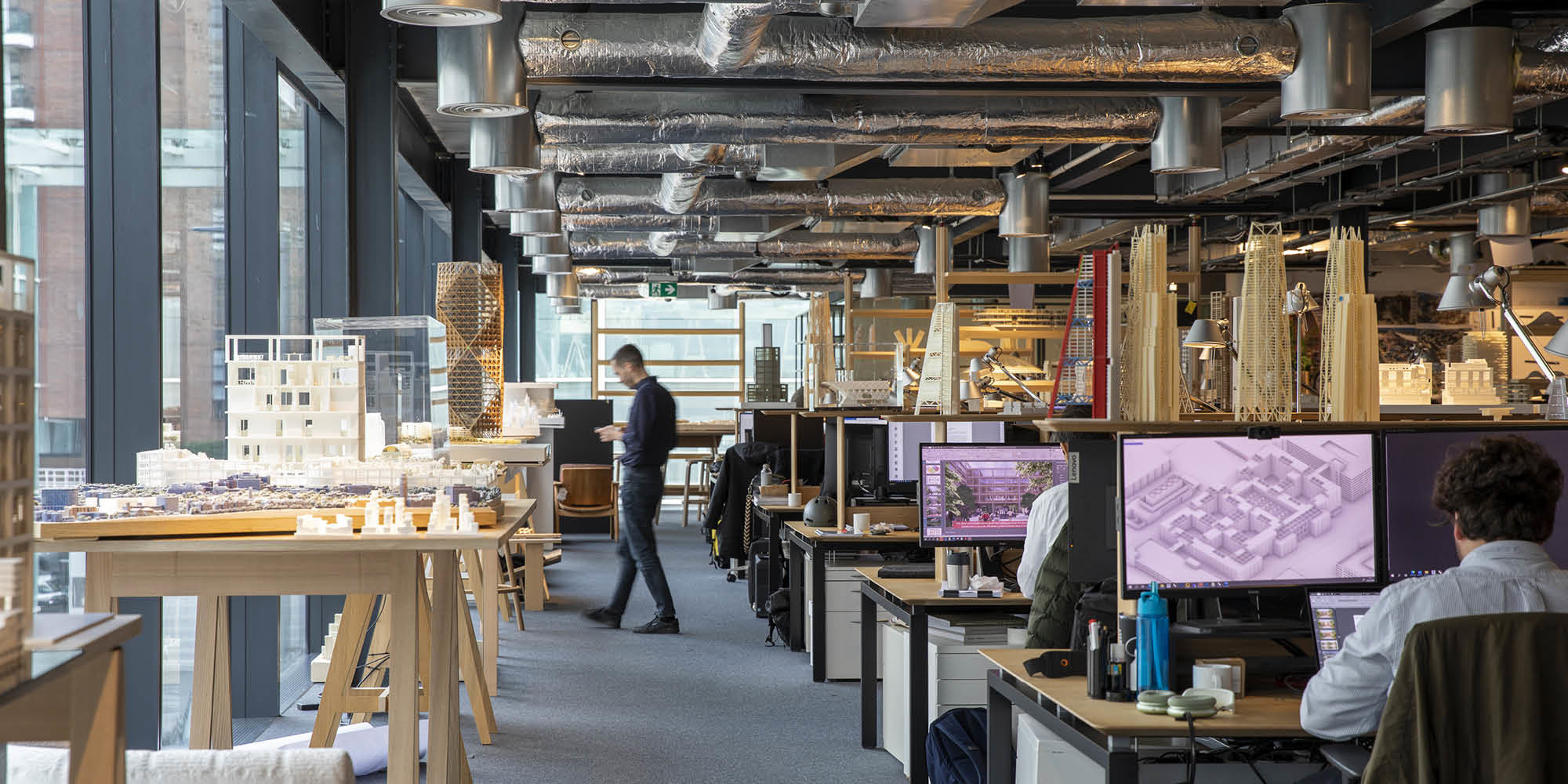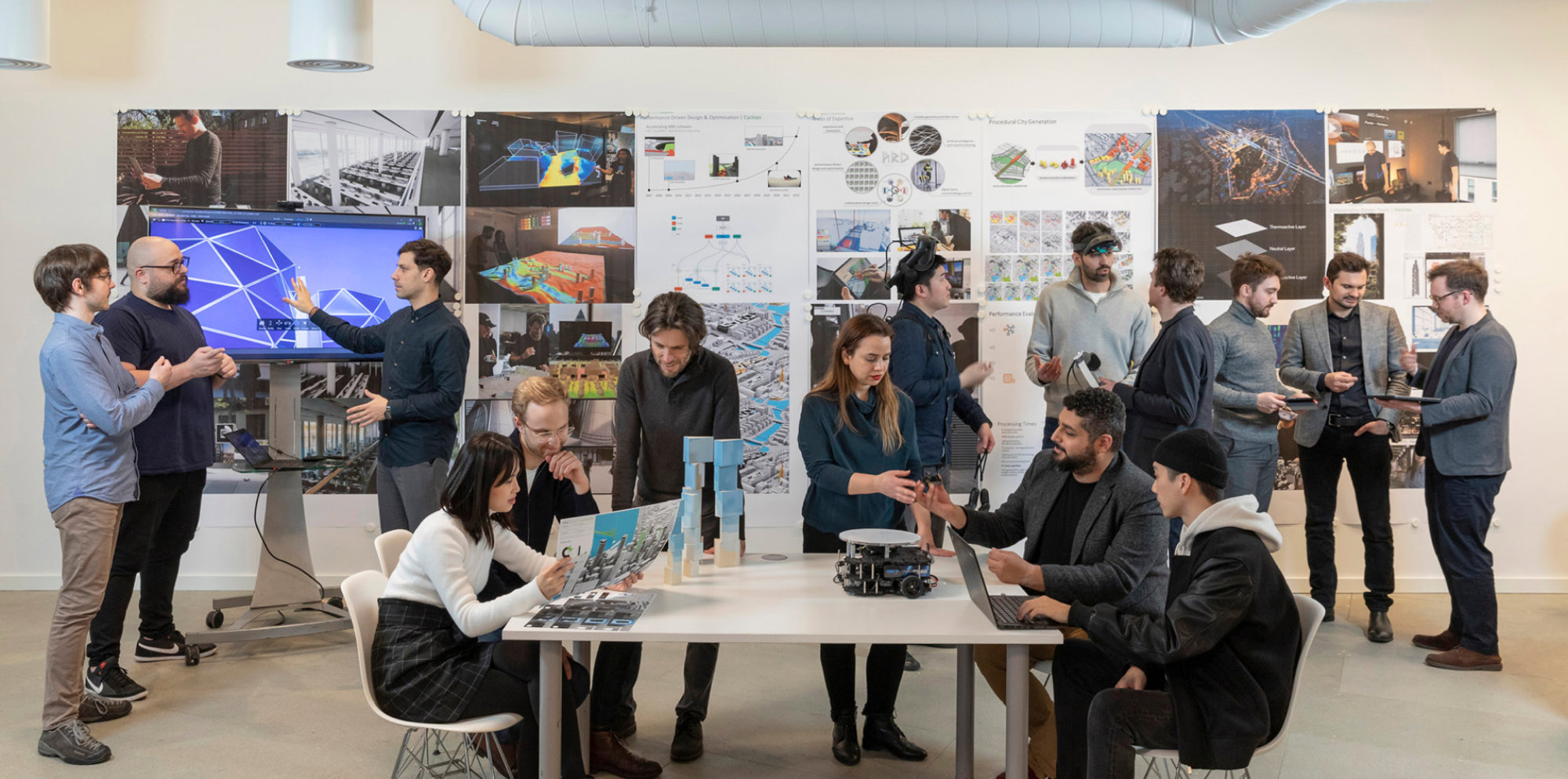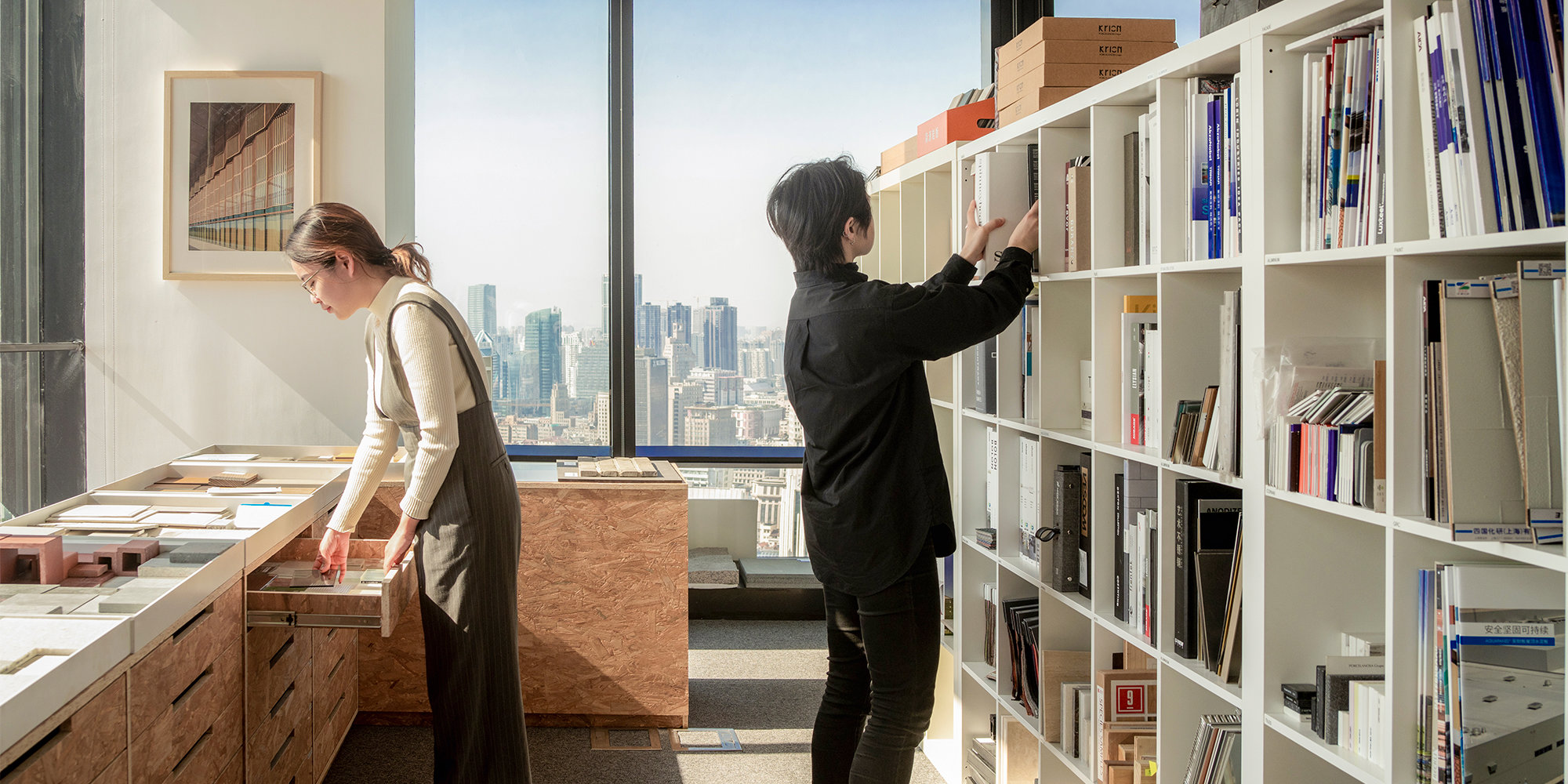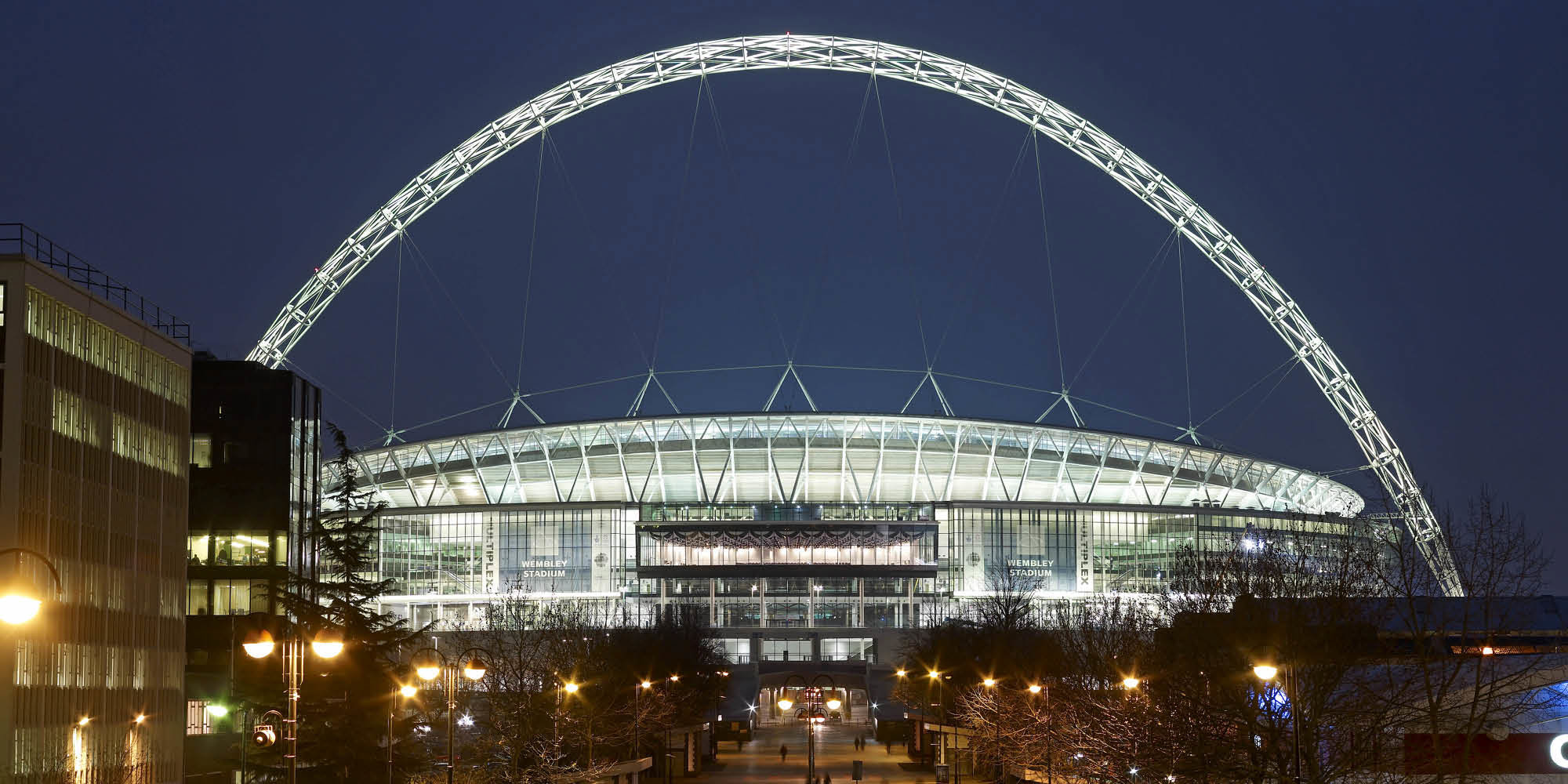The Column gives you the opportunity to ask our experts about their work, and how it shapes the built environment.
Last month, you submitted your questions for Myron Sullivan, who leads the practice’s Venues Specialist team. Myron works closely with the architectural studios to bring specialist knowledge to every project. He is currently working on the redevelopment of San Siro in Milan, the Old Trafford Stadium District in Manchester, and a new multi-purpose cricket stadium in India, amongst others.
Myron answers your questions about working with history, the role of technology in shaping the fan experience, and advice for those wanting to specialise in stadium design.
